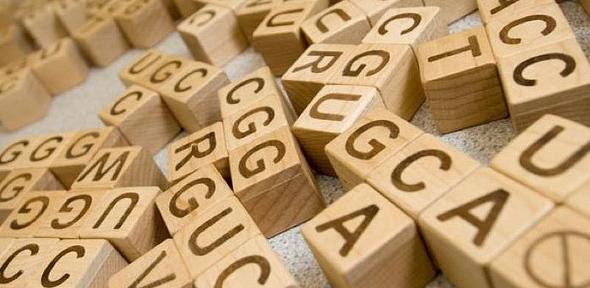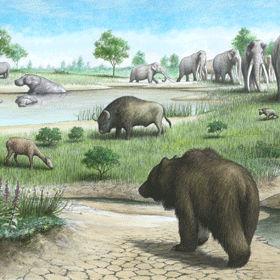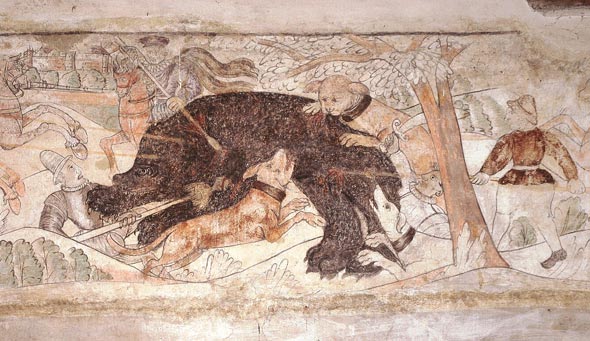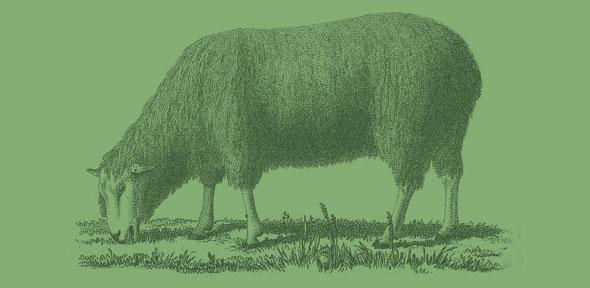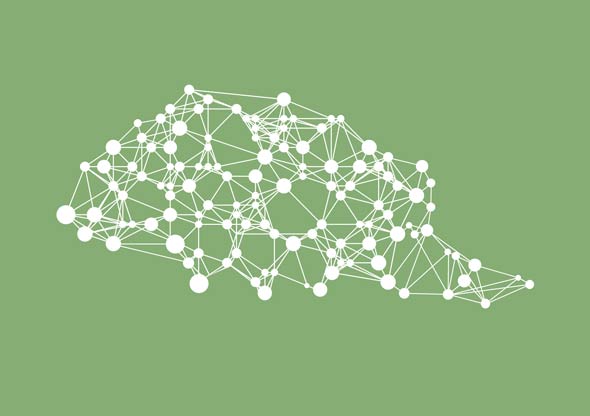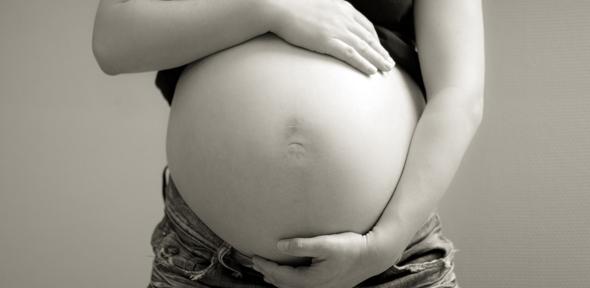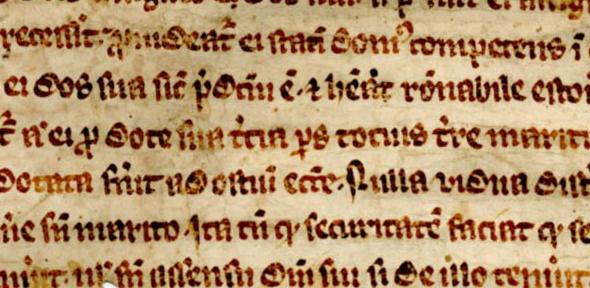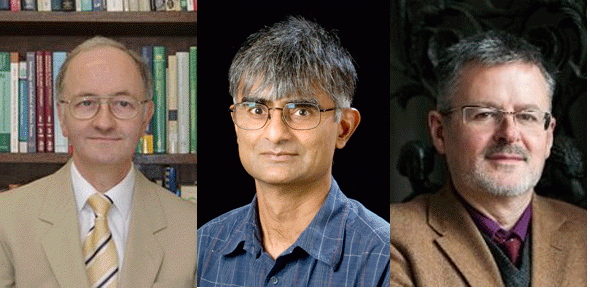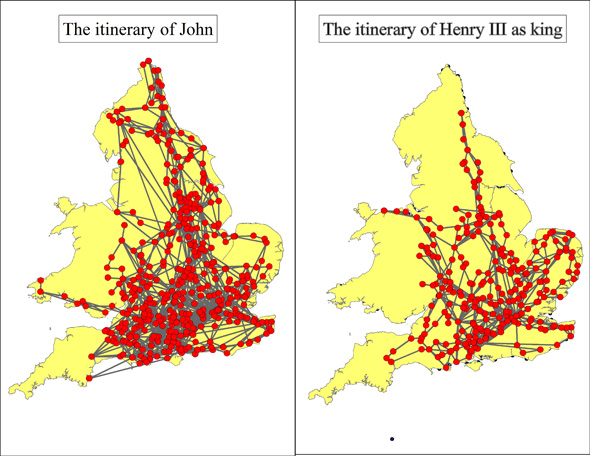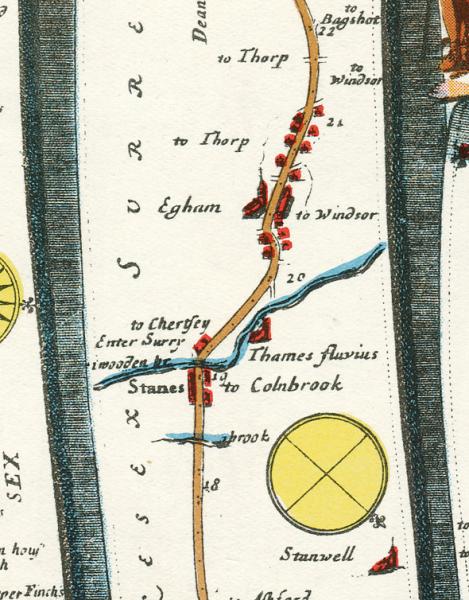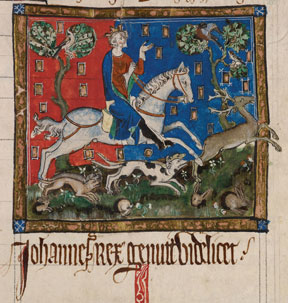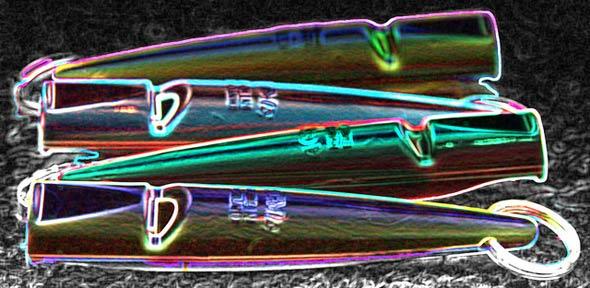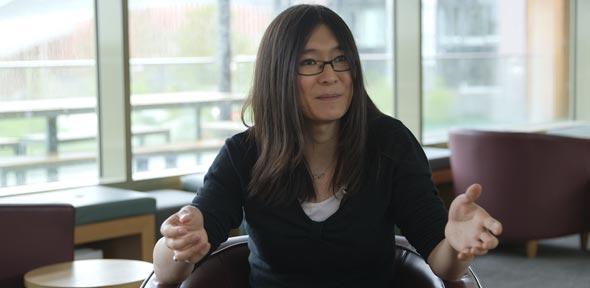
We may think that scientists inhabit a precisely focused world, far away from the messy realm of stories and the imagination, but a new film series, Novel Thoughts, from the University of Cambridge shows that there is a bridge between the two.
Reading fiction helps scientists to see the bigger picture and be reminded of the complex richness of human experience. Novels can show the real human stories behind the science, or trigger a desire in a young reader to change lives through scientific discovery. They can open up new worlds, or encourage a different approach to familiar tasks.
For psychologist Dr Amy Milton, reading Requiem for a Dream by Hubert Selby during her PhD had a profound effect on her work. Its bleak portrayal of the downward spiral into addiction spurred her on to complete her thesis on cocaine addiction and to deepen her research into preventing relapse.
“The book gave me a real insight into what it’s like for individuals living with addiction. It summed up how addiction, and the consequences of it, has not always been taken seriously as a disease by psychiatry,” she said.
As a teenager, Professor Carol Brayne’s love of Charles Dickens and George Eliot opened her eyes to a world in which social inequality had a powerful impact on people’s health and wellbeing. She vowed to become a doctor, and is now a leading figure in public health research at Cambridge. Her voracious reading as a young adult helped her understand the importance of seeing the bigger picture, and of finding health interventions that take account of the complexities of people’s lives.
For some, a book came along at just the right time. Professor Clare Bryant, of the Department of Zoology, read A S Byatt’s Possession at a crucial point in her early career. Its page-turning portrayal of two historians racing to uncover hidden truths reminded her of the excitement of scientific discovery, and persuaded her not to turn her back on her own research career.
Books can have a resonance throughout a scientific lifetime. For early-career researcher Guy Pearson, Thomas Hardy’s Under the Greenwood Tree has fascinating parallels with his own work. It may seem surprising that a story of unrequited love in a small West Country village could mirror the process of cell biology, but Pearson was struck by the similarities between the young protagonist’s pursuit of the beautiful and flighty Fancy Day, and his own pursuit of elusive molecular truths.
And Dr Juliet Foster can see that the themes explored in The Madness of a Seduced Woman by Susan Fromberg Schaeffer, which she read as a PhD student, still have echoes in her current social psychology research into public understandings of mental illness.
Dr Sarah Dillon, now in the Faculty of English at Cambridge, was the first to explore some of these ideas in a project she developed at the University of St Andrews. Much has been written about science’s influence on literature – from Frankenstein to the futuristic worlds of science fiction – but she wanted to find out if the influence happened in the other direction. Did literature have an impact on the world of science?
Dillon joined forces with social scientist Christine Knight, and astronomer turned creative writer Pippa Goldschmidt to investigate What Scientists Read.
“What we found was that reading literature and ‘non-science’ books did have an influence on their work in quite surprising ways,” said Dillon. “There were lots of examples of scientists being more open to qualitative research methodologies because of valuing the knowledge that literature, even though it’s not ‘true’, gives you.”
The Novel Thoughts film series begins on 8 June with physicist Dr Paul Coxon sharing his childhood reading about the quirky adventures of a boy inventor in the novel SOS Bobomobile. New films will be released every Monday and Friday until 3 July and scientists worldwide are being encouraged to tweet their own inspirational book using #novelthoughts.
Look out for:
Professor Clare Bryant from the Department of Veterinary Medicine discussing Possession by AS Byatt on 12 June.
Karen Yu from the Department of Engineering discussing Star Wars: From the Adventures of Luke Skywalker by George Lucas on 15 June.
Professor Simon Redfern from the Department of Earth Sciences discussing Jamila by Chinghiz Aitmatov on 19 June.
Dr Juliet Foster from the Department of Psychology discussing The Madness of a Seduced Woman by Susan Fromberg Schaeffer on 22 June.
Guy Pearson from the Cambridge Institute for Medical Research discussing Under the Greenwood Tree by Thomas Hardy on 26 June.
Professor Carol Brayne, Director of the Cambridge Institute of Public Health, discussing Middlemarch by George Eliot on 29 June.
Dr Amy Milton from the Department of Psychology discussing Requiem for a Dream by Hubert Selby Junior on 3 July.
Literature and science may seem like opposite ends of the spectrum, but reading can have an impact on even the most scientific of brains. A new film series reveals the reading habits of eight Cambridge scientists and peeks inside the covers of the books that have played a major role in their lives.

The text in this work is licensed under a Creative Commons Attribution 4.0 International License. For image use please see separate credits above.

